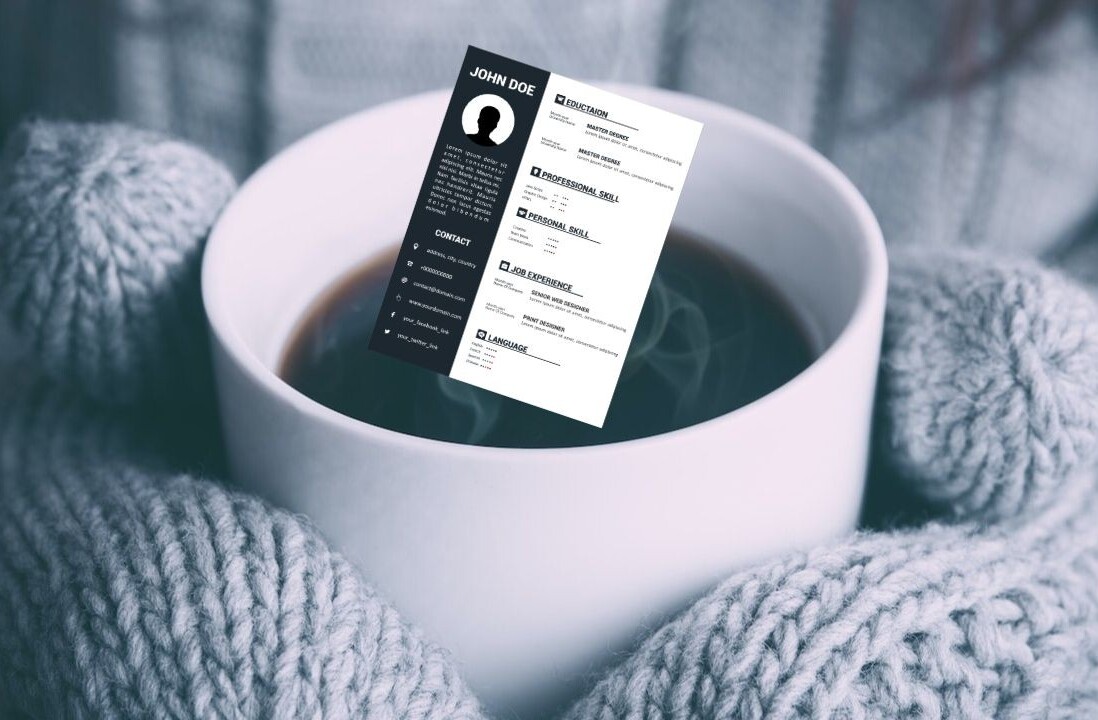
Meagan French is the founder of Lotus Growth, a consultancy helping SaaS companies acquire and convert more customers.
Marketing your SaaS startup in a crowded space with many competitors presents its own set of challenges. Chances are, you’re going up against companies that have more funding, more cachet, more customers and bigger teams than you do. Paying for conversions is expensive and competitive.
However, all is not lost. You can actually leverage your competitors’ cachet and branded traffic to increase your own conversions.
One of the most effective and compelling ways to steal your competitors’ customers is to go head to head with them on a landing page specifically designed to do just that.
When you’re going head to head against a Goliath in your space, stack the deck in your favor by owning the organic search results, and if you can afford it, the paid results as well. Optimize your landing page for “your product vs their product” and “their product alternative.”
If you don’t dominate these search results, your competitors and other bloggers will. You’d be surprised how many SaaS companies put little to no effort into comparison marketing and reputation management, leaving customers on the table.
Now, the good news: If you’ve gone to get a round of funding any time recently, you’re probably already intimately familiar with your competitive landscape. You’ve probably already had to defend your product ad nauseum in pitch meetings. It’s just a matter of translating that information to your potential customers.
How to differentiate your SaaS product
There are many things that can set your product apart and sway potential customers:
- Features
- Benefits
- Price point
- Great UI/UX
- Better customer support
- Target vertical
- Integrations
It’s not just about what makes your product different, it’s about what makes it better than the competitive product to that specific customer.
For example, a small design agency that uses FreshBooks for their invoicing is going to have very different concerns than an enterprise organization using Replicon to track thousands of employees.
- What are the things that are most important to these specific customers?
- Why would a potential customer choose your product vs the market leader?
- How do you make your customers’ lives easier?
- How are you different and similar to what’s already out there?
- What pain points does your product solve vs your competitor’s product?
The elements of a comparison landing page
Market positioning matrix: Maybe your product features are similar to others already out on the market, but you do it better. Maybe you incorporate several features from several different competitors.
Market positioning matrices are extremely useful when meeting with potential investors, but also a visual way to differentiate yourself from competitors in your space and let your potential customers know what makes you similar and different. When you’re working in a crowded space, it’s often just as important to say what you are not.
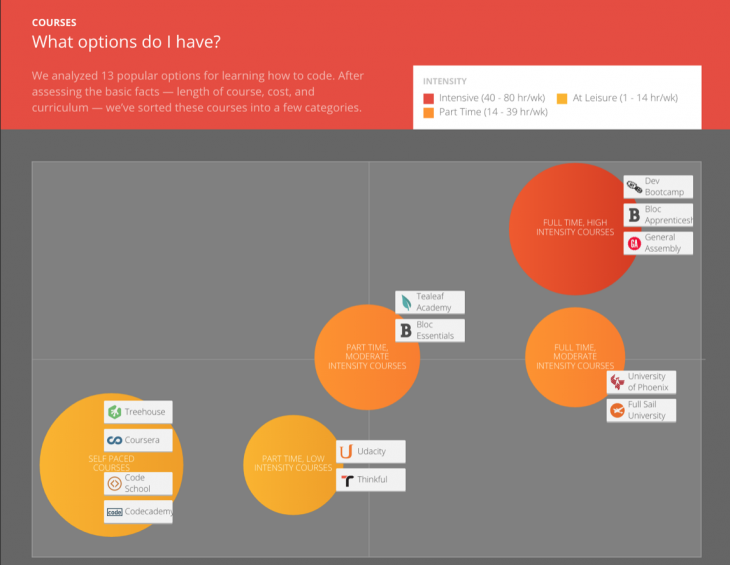
Comparison table: One way to compare yourself head to head with your competitors is to create a comparison table calling out features, pricing, integrations, and customer support side by side. Nothing sells your product like a big red “x” in your competitor’s column.
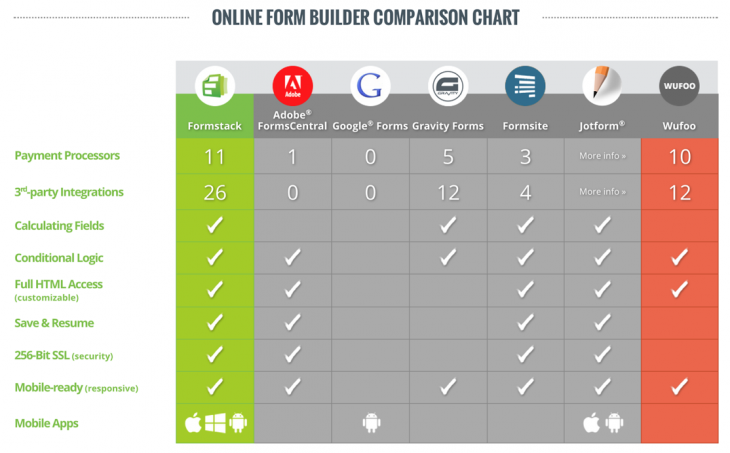
Price Comparison Calculator: Comparison calculators are particularly useful for enterprise products with user-based or variable pricing. A comparison calculator cuts down on cognitive load and allows potential customers to quickly see exactly how much money their organization will save by switching to you.
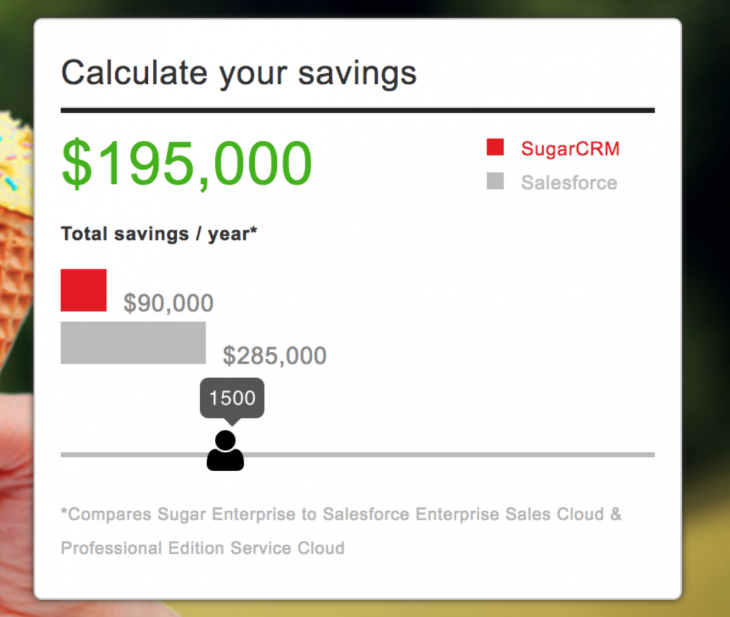
Great Copy: If you don’t have a front-end designer/developer to build you slick comparison charts and price calculators, nothing sells your product like lots of meticulously researched copy pointing out the differences between products.
Your potential customers may not be familiar with any of the products, so a blog post is a good place to spell it out.
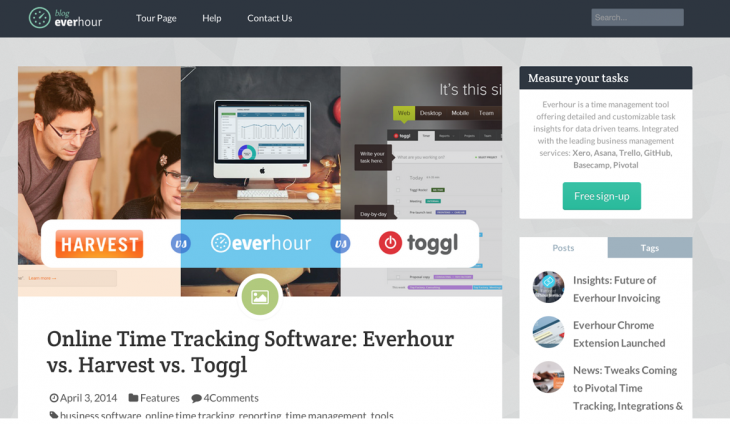
Trust Marks: Trust marks are particularly important when a potential customer has never heard of your brand. Why would they trust you to solve their problem in comparison with a well-known competitor?
You can use customer testimonials, your existing customer’s logos, PR, awards, or the founder’s pedigree–anything that establishes social trust and encourages customers to convert.

Final tips
Once you’ve differentiated your product and created a killer comparison page, make sure you optimize it for search. You can use a tool like Google Keyword Planner or SEMRush to find a list of terms for which people are actually searching. “Their product vs your product,” “their product competitor,” and “their product alternative” are good places to start.
When paying for keyword traffic, you’ll often get hit with a violation if you use your competitor’s trademark terms in your ad copy. However, it is not against the rules to run on your competitor’s terms if you use generic ad copy or your own branded terms. It’s also sometimes possible to use dynamic keyword insertion to sneak branded terms in your ad copy.
I hope these tips will help you build a competitive comparison page. Good luck!
Read next: Improve first impressions with optimized landing pages
Get the TNW newsletter
Get the most important tech news in your inbox each week.



